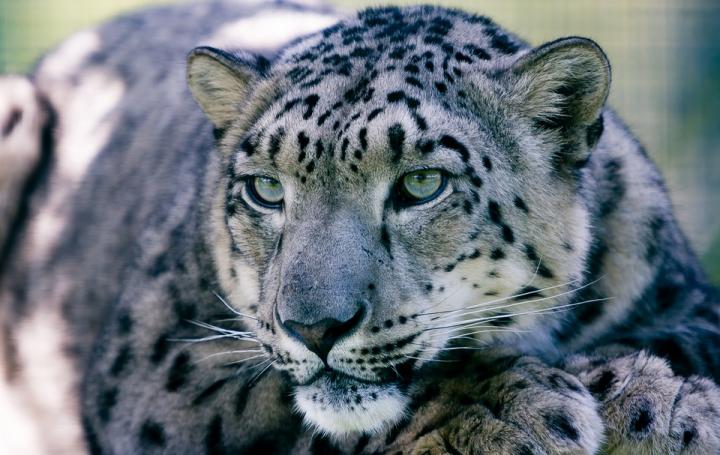
Credit: Pixabay
The first study to investigate disease threats to wild snow leopards has detected that exposure to infections may pose a threat to this highly vulnerable species, as well as local people and their livestock.
The results of the study, published in Infection Ecology & Epidemiology, detected antibodies in the blood of wild cats to important pathogens that can also infect humans and other species.
Snow leopards (Panthera uncia) are a threatened and highly vulnerable species of the mountainous ranges of Central Asia. There are now as few as 4,000 snow leopards in the wild*, and their numbers continue to decline. They face many threats, including poaching, habitat loss, the impact of climate change and conflict with herders. Emerging infectious diseases can particularly impact on species where populations are already depleted, and genetic diversity may be low. However, information is currently lacking about whether wild snow leopards are also under threat from disease.
Prompted by the discovery of four snow leopards with unexplained causes of death in the South Gobi Province of Mongolia in 2011, an international team of researchers set out to investigate important zoonotic pathogens that may impact conservation efforts. The researchers decided to target disease-causing pathogens that can circulate between different species, as the area is also home to many other wild animals, as well approximately 90 herder families and their goats, horses and domestic dogs.
Between 2008 and 2015, researchers from the Snow Leopard Trust and Snow Leopard Conservation Foundation captured and immobilised 20 snow leopards, with all but one appearing to be clinically healthy and in good physical condition. In these cats, several important zoonotic pathogens were detected in the antibodies in blood samples including: Coxiella burnetii, which can cause Q fever in humans and also infect livestock; Leptospira species, which are readily transmittable to people and can lead to potentially life-threatening infections; and Toxoplasma gondii, a parasite capable of infecting all warm-blooded animals and causes toxoplasmosis. Ticks collected from the snow leopards also contained many other types of potentially zoonotic bacteria.
Lead author Carol Esson, of James Cook University in Australia, said: “A disease epidemic could be devastating to wild snow leopards due to their low numbers and many other threats to their existence. Although the zoonotic pathogens identified in this study did not appear to cause illness to the snow leopards in the short term, they have caused illness in other wild cats. And so, there is now a need to establish surveillance to monitor for potential longer-term disease impacts on this vulnerable population.”
This invaluable new knowledge will help researchers establish a reference for the health of the wild cats so that any changes can be identified if and when disease occurs. This will not only help with understanding the needs and requirements for the conservation of the endangered snow leopard but could also benefit local nomadic communities who live alongside them.
“Raising awareness in local communities about the possibility of illness in their animals and themselves could lead to improvements to herd health, boosting their productivity and income,” says Esson.
###
- This is the number quoted on WWF website http://wwf.
panda. org/ knowledge_hub/ endangered_species/ snow_leopard/
Acknowledgments
This study was conducted by an international research team representing the following institutions: James Cook University, Australia; University of Melbourne, Australia; National Veterinary Institute, Sweden; Swedish University of Agricultural Sciences, Sweden; Uppsala University, Sweden; University of Liège, Belgium; Snow Leopard Conservation Foundation, Mongolia; Nature Conservation Foundation, India; Panthera, USA; Snow Leopard Trust, USA.
About Taylor & Francis Group
Taylor & Francis Group partners with researchers, scholarly societies, universities and libraries worldwide to bring knowledge to life. As one of the world’s leading publishers of scholarly journals, books, ebooks and reference works our content spans all areas of Humanities, Social Sciences, Behavioural Sciences, Science, and Technology and Medicine.
From our network of offices in Oxford, New York, Philadelphia, Boca Raton, Boston, Melbourne, Singapore, Beijing, Tokyo, Stockholm, New Delhi and Cape Town, Taylor & Francis staff provide local expertise and support to our editors, societies and authors and tailored, efficient customer service to our library colleagues.
Media Contact
Taylor & Francis Newsroom
[email protected]
Related Journal Article
http://dx.




